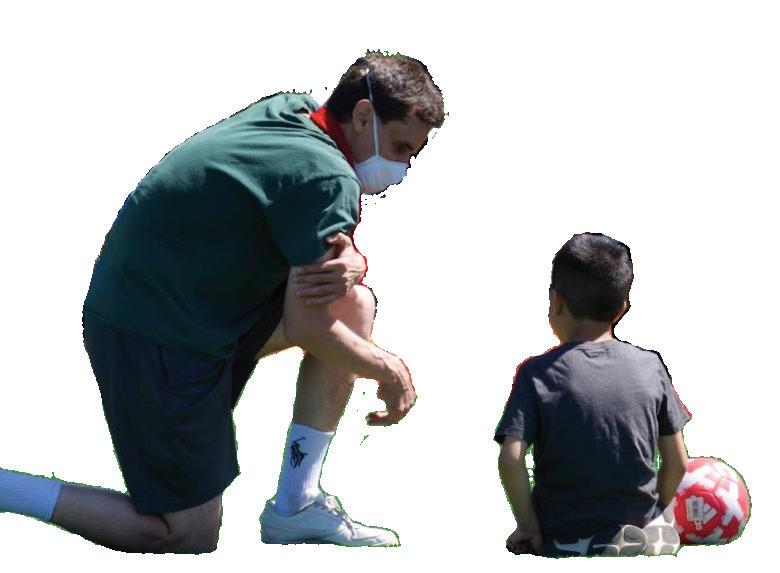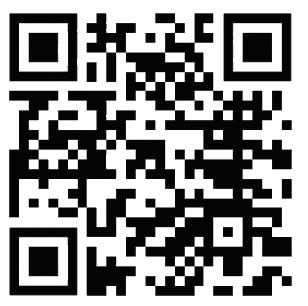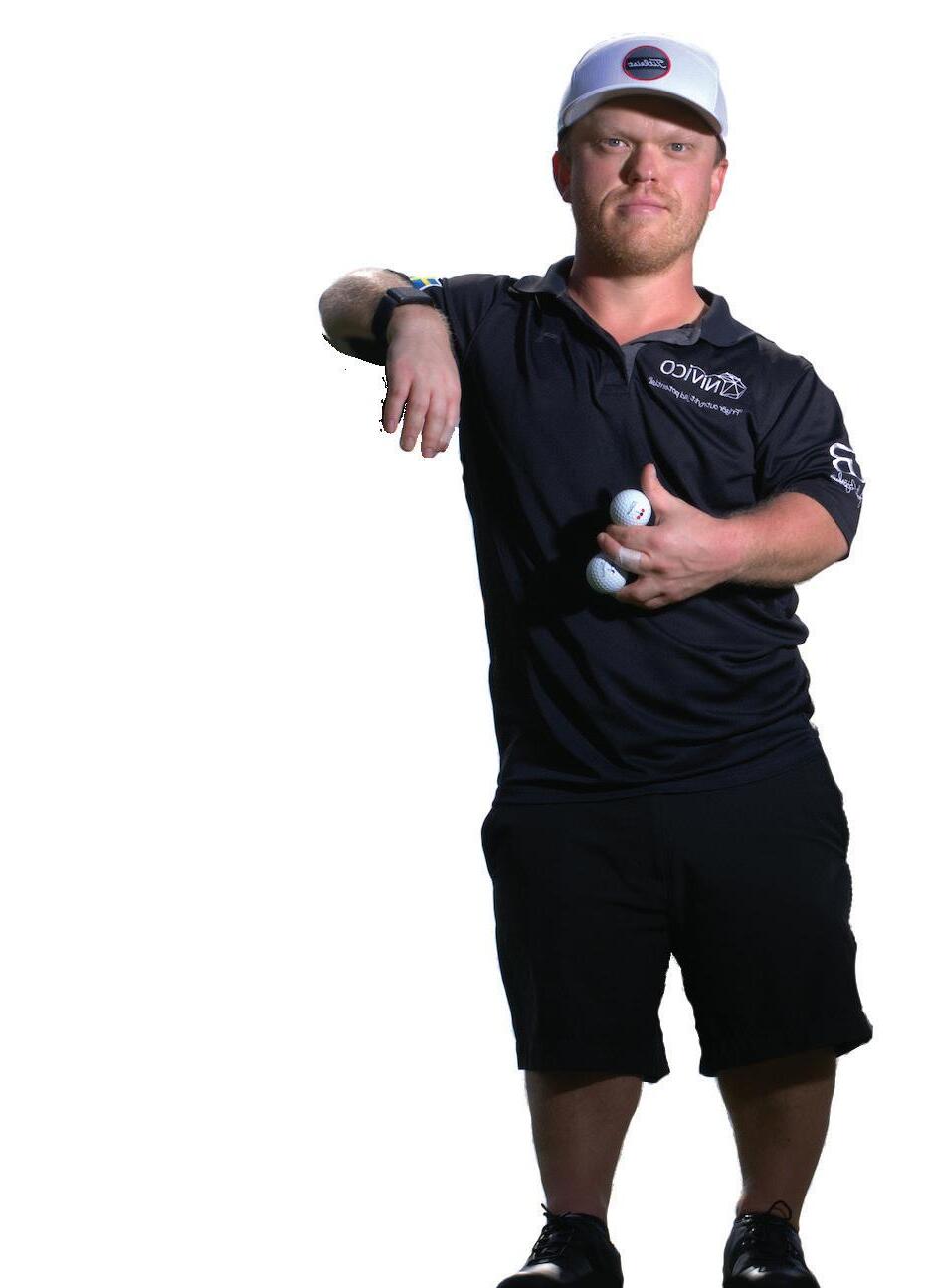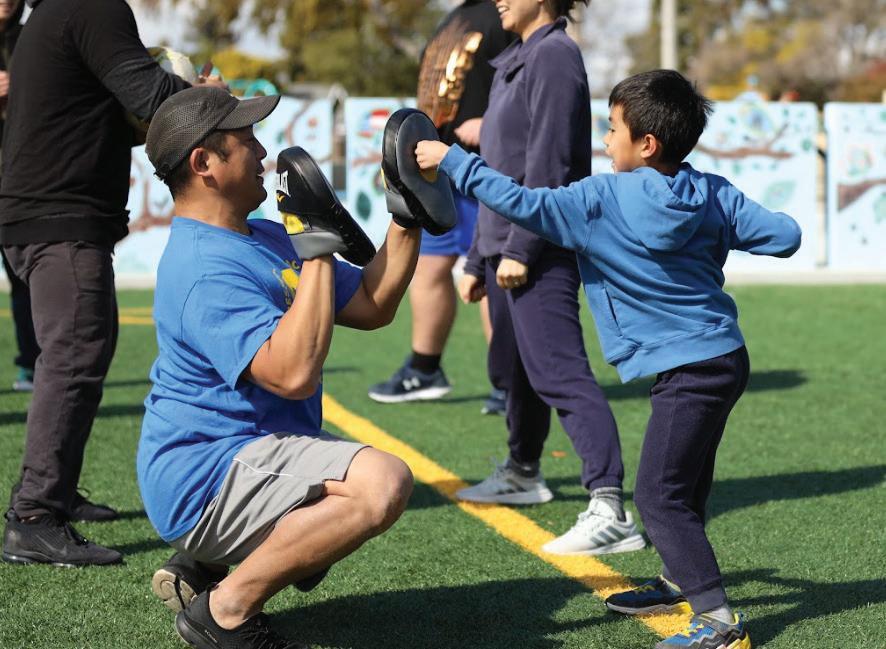
7 minute read
E-Sports Volunteering Info
BORP allows for kids and adults to socialize with others with common interests. These competitive sports, adventurous outings and aerobic exercises allow participants to feel safe and showcase their interests and talents in a positive way.
BORP aims to provide a community to alleviate stress as well. Just like Björkman described, many kids with disabilities face discrimination from society, which can cause anxiety and isolation. Sports can provide the same escape for them as it did for Björkman.
“I think that community is probably more important for kids with disabilities,” BORP coach Johnson said. “They’re kind of isolated in a lot of cases. They go through a lot of stuff that a lot of people just don’t really understand.” more.
In the Paralympics, it is challenging to earn a spot in the IDD categories because there are fewer sporting events open to them. In the Tokyo 2020 games, there were only three sports available for athletes with IDD: swimming, table tennis and athletics (which includes track and field events and road running events). Worse still, the Beijing 2022 winter games did not have any events for athletes with IDD at all.
Some athletes and their families are standing up against this lack of inclusion. Mikel Garcia, a Spanish runner with Down syndrome, was declared World Champion in 400m, 800m and 1500m at a competition in Brisbane, Australia in 2019. Garcia’s parents set up a petition asking for more inclusion at the Paralympics, which received more than 100,000 signatures.
Despite people with IDD having few opportunities to perform at the Paralympics, more and more people with IDD are getting involved with sports everyday.
One organization helping to introduce people with IDD to athletics is E-Sports. No, not online gaming, E-Sports stands for “Exceptional Sports” and provides united classes and programs for kids both with and without IDD all over the Bay Area.
One E-Sports employee, Stephanie Koo, shared the goal of the organization.
“Our mission is that inclusion is more than in the classroom, it’s a lifestyle,” Koo said. “Inclusion … is something that can go beyond the classroom and to things that people love, whether it’s a hobby, or a life skill or just sports in general. But it’s about creating this friendship and bond between kids with typical needs and with special needs.”
E-Sports leads classes for kids and adults, both with and without IDD.
“It’s a lot of fun,” she said. “It’s a lot of high energy as well.”
It’s not always easy, but E-Sports makes sure to give each person individual attention.
“Sometimes there are kids that have a harder time with the activity, whether it’s that they’re just not feeling it that day or there’s something that’s over-sensory to them,” Koo said. ”We have a one-on-one volunteer coach that will take their time to sit aside with them and either play soccer or do some sort of a oneon-one drill with them -- whatever they feel comfortable with -but getting to their level of their comfort.”
Koo feels that many kids with IDD don’t get the chance to participate in sports because they feel excluded.
“There’s a lot of times in neighborhoods or communities or other schools where a student who is not neurotypical will kind of get turned away, [and think]
‘I can’t join this activity or that sport because don’t fit in, I don’t belong. Or I can’t,’” she said. She believes that the best way to increase accessibility is with adaptation to the needs of different people.
“We should be finding ways to make something adaptable,” she said. “For a girl that I was working with, who had cerebral palsy [and was in a wheelchair], we went more towards an area that was more paved, rather than on grass…. The mindset [should] not be ‘oh, I can’t, so I won’t.’ It’s more like, ‘how can I? Let’s see if we can make this work.’ [It’s about] not being afraid to fail or try things that may not be status quo.”
The Paly community prides itself on our athletics. Our athletics program is a big part of our school, and many of our athletes also compete in sports outside of school. In addition, we also have athletes with IDD. Known as the Futures, there are two classes of students with (IDD) who are active members of our Paly community. These students are often seen on campus cheering at pep rallies, greeting friends on the quad and, of course, playing sports.

Through the AYSO VIP program, kids with IDD from Paly and all over the Bay Area, can play on the Green Giants soccer team. The team provides exercise, socialization and fun for people with IDD from kindergarten through college and beyond.

Paly’s own Maia McQuarrie has been a player on the Green Giants for five years, and she discussed the impact it has had on her life.

“Sometimes it can be tough,” she said.
Green Giants Soccer Team Volunteering Info


Joakim Björkman
“But sometimes it’s awesome and pleasant and amazing. I love seeing my friends even when practice can be hard and you can be tired after your training.”
McQuarrie is a leader on her team, helping to bring confidence to players who are having trou ble.
“I’ll say, ‘I’d be happy to help you know what to do if you’re nervous, or not sure if you want to do [soccer] anymore,’” McQuarrie said.
Her dad, David McQuarrie, is also a coach on the Green Giants, and commented on Maia’s atti tude towards the game.
“She scores goals pretty often,” he said. ”[She has] the biggest smile and jumps in the air with excitement, having scored.”
He notes on the importance of the sport to Maia, especially when she first started playing five years ago.
“[Maia was] just over the moon at being able to run and score goals and play with her friends,” he said.
One of the other coaches of the Green Giants, Malcolm Fleschner, spoke on the importance of soccer, and sports generally, to kids with IDD.
“Once you get that experience of dribbling a ball and scoring a goal, ... you can see the enthu siasm,” Fleschner said. “And then some of these kids who were the most reluctant at the start then become the most enthusiastic, and that is always
Joakim Björkman
McQuarrie, one of the players, loves meeting new volunteers.
“[I feel] excited, proud and happy that they’re gonna do the Green Giants with
One of the biggest traditions for the Green Giants soccer team is their annual match against the Stanford Men’s soccer
“The coach of the Stanford men’s team, Jeremy Gunn, is very open and welcoming,” Fleschner said. “And the players are terrific and they just do a great job.”
The Green Giants have been undefeated against Stanford for ten years running.
“Yeah, sometimes it comes down to penalties,” Fleschner admitted. “But it’s been good for [Stanford] because on three separate occasions, we beat them, and then they went on to win the NCAA championship, so [losing to the Green Giants] was a good warm up for that. Maybe a little wake up call for them.” But these victories are bigger than just a win. It is also about spreading
“We really appreciate playing with the Stanford men’s team because it’s not just about humiliating them,” Fleschner said. “That’s like 70% of it.” He laughs. “No, it’s about letting people who are in mainstream athletics know that this world ex-
Fleschner believes that once more people are aware of athletes with IDD, more people will become in-
“How well people are aware of the sporting world and special needs community is probably generally pretty low,” he said. “So once they become aware of it, they may want to participate as volunteers or help out in any way.
I think that just becoming more informed is helpful.”

Most athletes and coaches agree that raising awareness is a big deal to increase inclusion.
Porcayo feels that exposing sports fans to the achievements of athletes with disabilities is a great way to raise awareness. One victory in this sense was the winner of the Puska Award for Best Goal of the year at Fifa’s awards this year. Marcin Olesky, a Polish ampu- tee soccer player, beat competitors like Kylian Mbappé and Dimitri Payet for the final title of Best Goal of the year. teer as well.
“Having that [title] shows abled people and disabled people that anything is possible,” Porcayo said.
Not only to Porcayo, but also to Calabria, awareness is crucial to growing the sport and appreciation of it.
“Awareness and advocacy goes a long way for building on the grassroots level,” Calabria said. Perhaps due to his masters degree in education and history as a teacher, Calabria understands the power of education and believes utilizing it for accessibility can make a big difference.
“[Volunteering] definitely opened up my eyes that there’s another world that I was not aware of,” she said. Similarly, Porcayo felt a weight lifted from his shoulders when he met other players that were like him.
“It’s something very nice because you feel like you’re not alone anymore,” he said. “You understand how there’s still possibilities of other things that you can do. Whether you have two legs or you don’t.”
“It ultimately comes down to education and awareness.
Nico Calabria
There are so many ways to support athletes with disabilities, and one of the best ways is to volunteer, like what both Koo of E-Sports and Fleschner of the Green Giants talked about. See the infographic in this story to find ways to get involved. This makes a big difference in the lives of the athletes.

“It ultimately comes down to education and advocacy,” he said. “Every gym teacher, in my opinion, should learn about adaptive sports. … Then, when a coach finds a kid who has a disability… there’s a lot of different sports available to them. It’s about being able to provide the resources and knowledge so that that person can get involved with the programs that are around.”
He also believes in getting people without disabilities involved in the sport as well.
“It helps to make sure that others know about it,” he said.
“It helps to grow awareness of the sport and appreciation for the athleticism and the competition.”
Koo of E-Sports also notes from personal experience that volunteering with organizations like E-Sports helps to gain an appreciation in the volun-
Above all, the world needs to begin to appreciate the accomplishments of athletes with disabilities and help to spread awareness, so that more people with disabilities can find a way to bring sports into their lives.
Sports are one of the most important forms of human interaction, with camaraderie and competition. They should be spread to as many people as possible. All of the people in this article, relentlessly pursuing this end goal of inclusion and accessibility, are changing the world for the better by helping us all play.
E-Sport’s E-Karate Class. Photo courtesy of Stephanie Koo.











